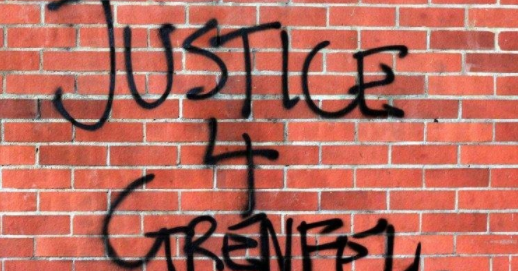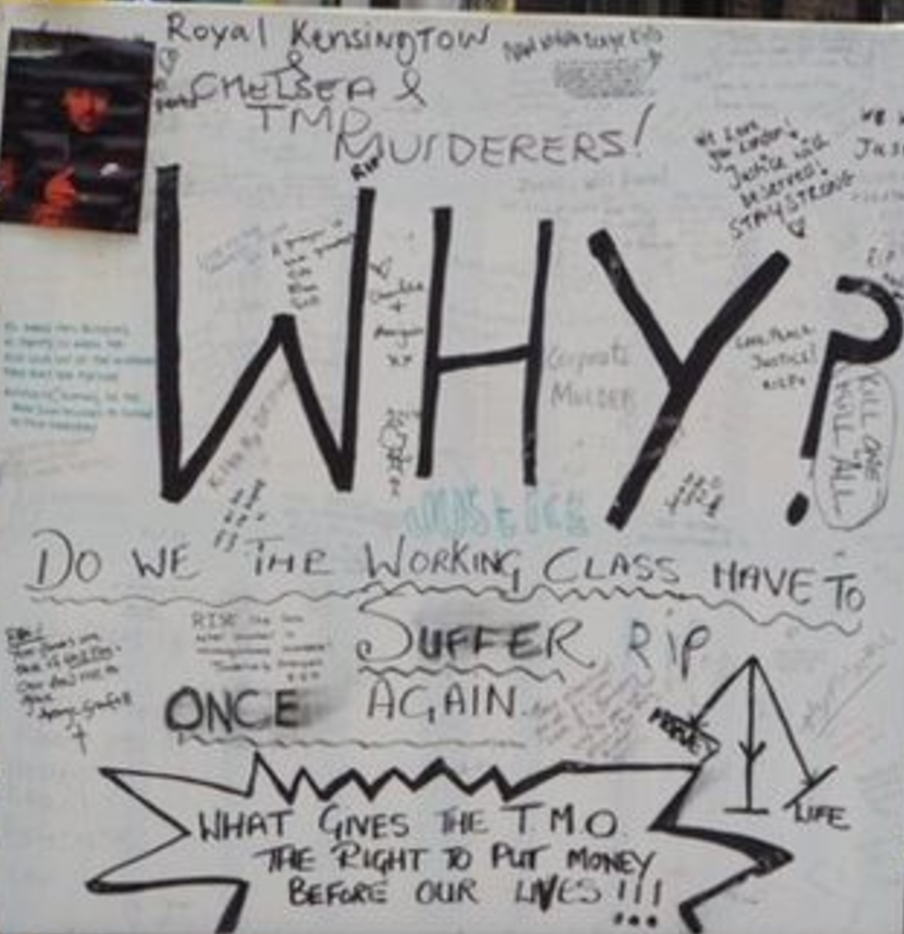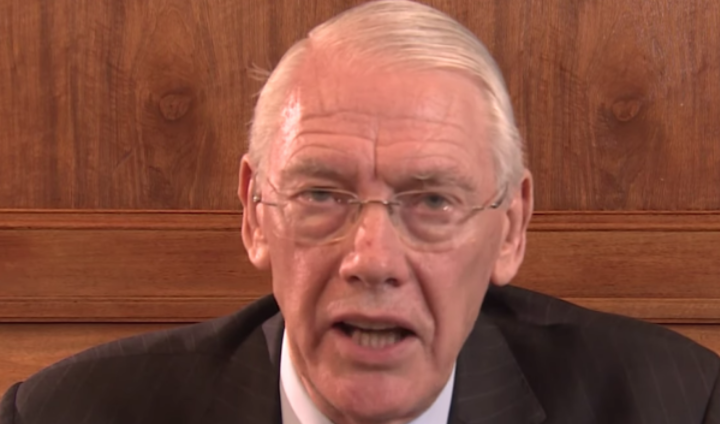
Grenfell Fire: Harley Facades were confused by Fire safety rules




The Fire safety guidance for what materials could be used on Grenfell Tower was confusing, according to the director of the cladding company which installed the cladding has told an inquiry which is in its second phase.
Ray Bailey, director of Harley Facades said there was “ quite widespread” confusion in the building industry at the time of the refurbishment. The cladding has been blamed for fuelling the fire at the tower block which killed 72 people. The fire safety consultation, is now looking into how the 24-storey tower in West London came to be covered in such cladding during its refurbishment between 2012 and 2016, before the fire on 14 June 2107, is due to close on 12 October 2020.
The inquiry is investigating whether the confusion about fire ratings was one of the reasons dangerous cladding and insulation were used to refurbish the tower. Mr. Bailey said he had made a wrong assumption about which materials were approved for use on tall buildings. The guidance for meeting the government’s building regulations stated that materials used on towers above 18m needed to have a Class 0 (zero) rating –described as the highest national product performance. The guidance said that a product would get a Class 0 rating if it was composed throughout of materials of limited combustibility, or made entirely of something which would not burn easily.
The cladding used on Grenfell Tower, Reynobond PE, had a Class 0 rating for its aluminum surface but not throughout because its core was made from flammable plastic. Therefore it was not of limited combustibility according to that section of the guidance. Mr. Bailey wrongly believed it was rated Class 0 throughout and therefore could be used on Grenfell Tower and this misunderstanding of guidance Mr. Bailey admitted to the inquiry.
The Inquiry also heard that the manufacturer of the cladding –Arconic had tested various configurations of its product in 2013, and found they had achieved poor ratings for fire safety, and despite these findings, they continued to sell the product. The product performed worse when it was shap0ed into cassette boxes the design used at Grenfell Tower.
According to a manager’s statement shown at the inquiry, one test had to be stopped due to a flashover meaning the cladding could only be rated E out of a possible A to F. The company failed to pass the results to the body which issues product certificates in the UK, relied on by the building industry. The certificate for Reynobond PE, the cladding used at Grenfell, stated it had a Class B rating. Arconic sent Mr. Bailey this certificate in April 2014, as the materials for Grenfell were being chosen, but made no mention of the poor test results in the covering email. Mr. Bailey told the inquiry he was unaware of the tests. The role of the manufacturer will be examined when it gives evidence later in the inquiry.
Sir Martin Moore-Bick, chairman of Grenfell Inquiry will make phase two recommendations in two years’ time.
During the evidence for initial hearings, experts called for a series of immediate changes including a ban on all external walls that are not of Euro Class A1 – the highest non-combustible material standard. But Chairman Sir Martin Moore-Bick has rejected an immediate moratorium on the use of materials of Euro class A2 pending the outcome of Phase 2 of his inquiry.
Adrian Williamson QC, has been retained as lead Counsel for Construction for Phase 2 of the Grenfell Tower Inquiry. Adrian is instructed to represent the Bereaved, Survivors, and Relatives and joins co-lead counsel, Michael Mansfield QC, Sam Stein QC, and Leslie Thomas QC.
Abdul Jinadu and Emma Healiss, have also been retained as junior Counsel for Construction on behalf of the Bereaved, Survivors, and Residents.
